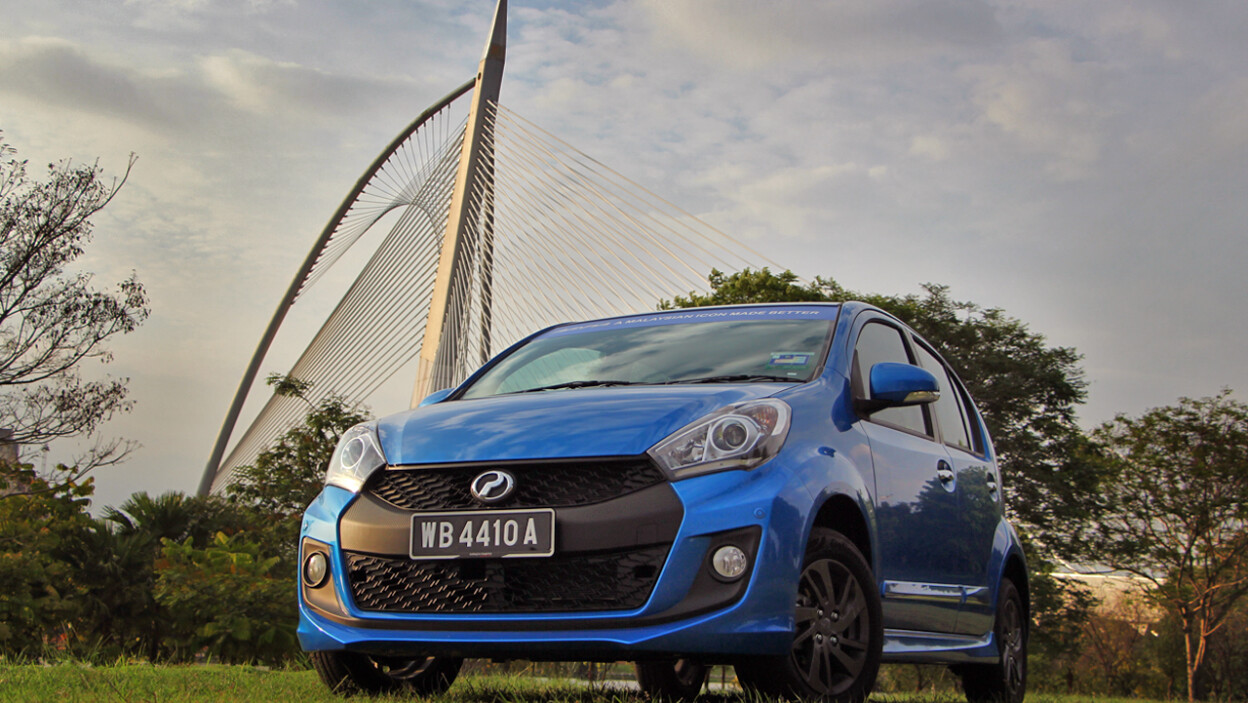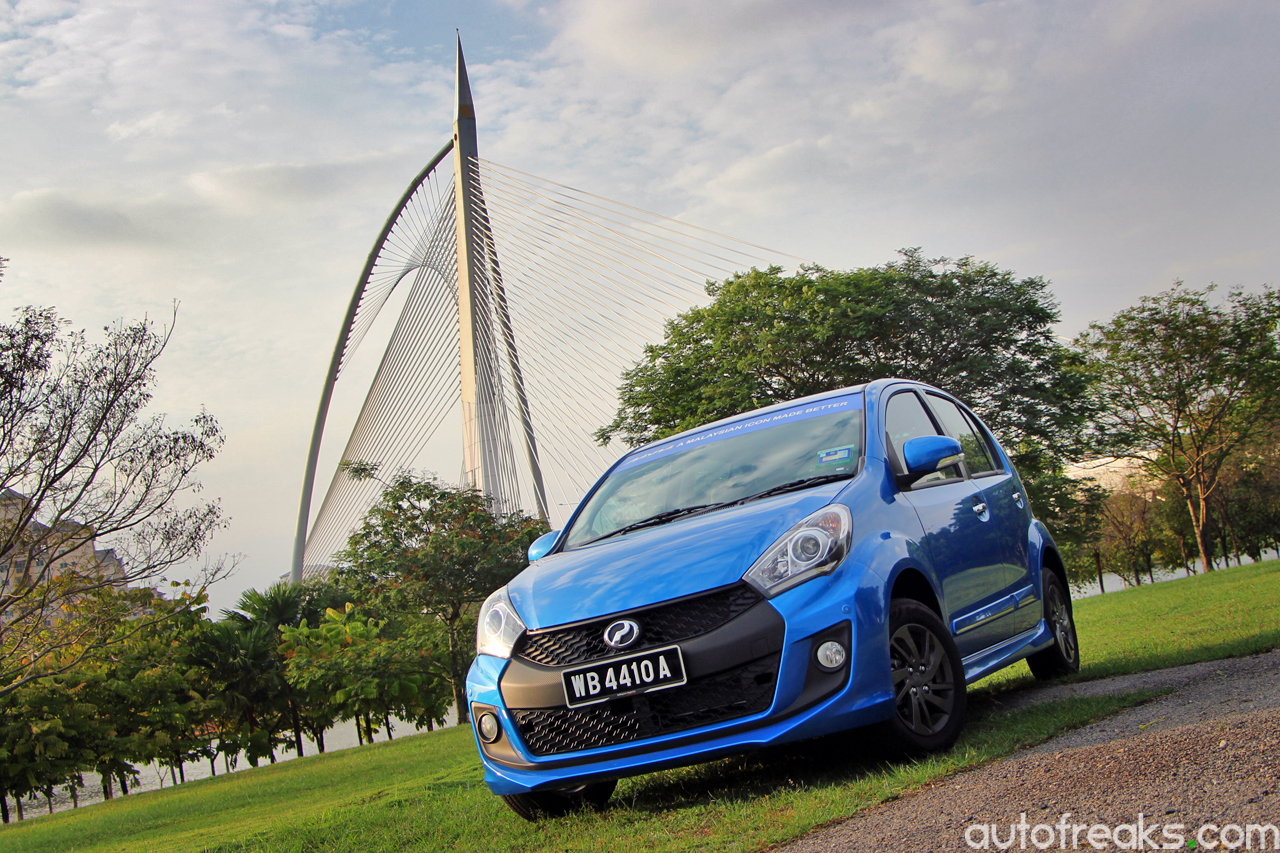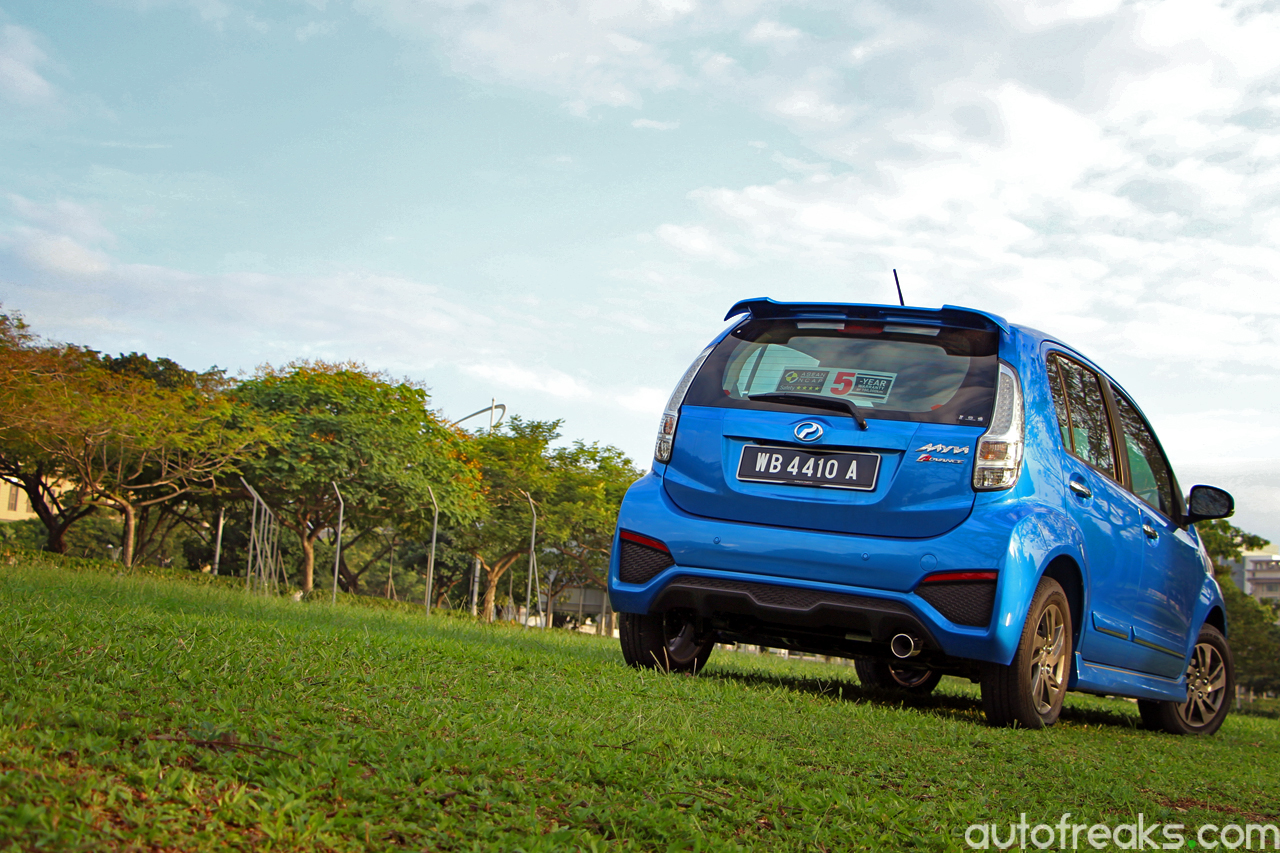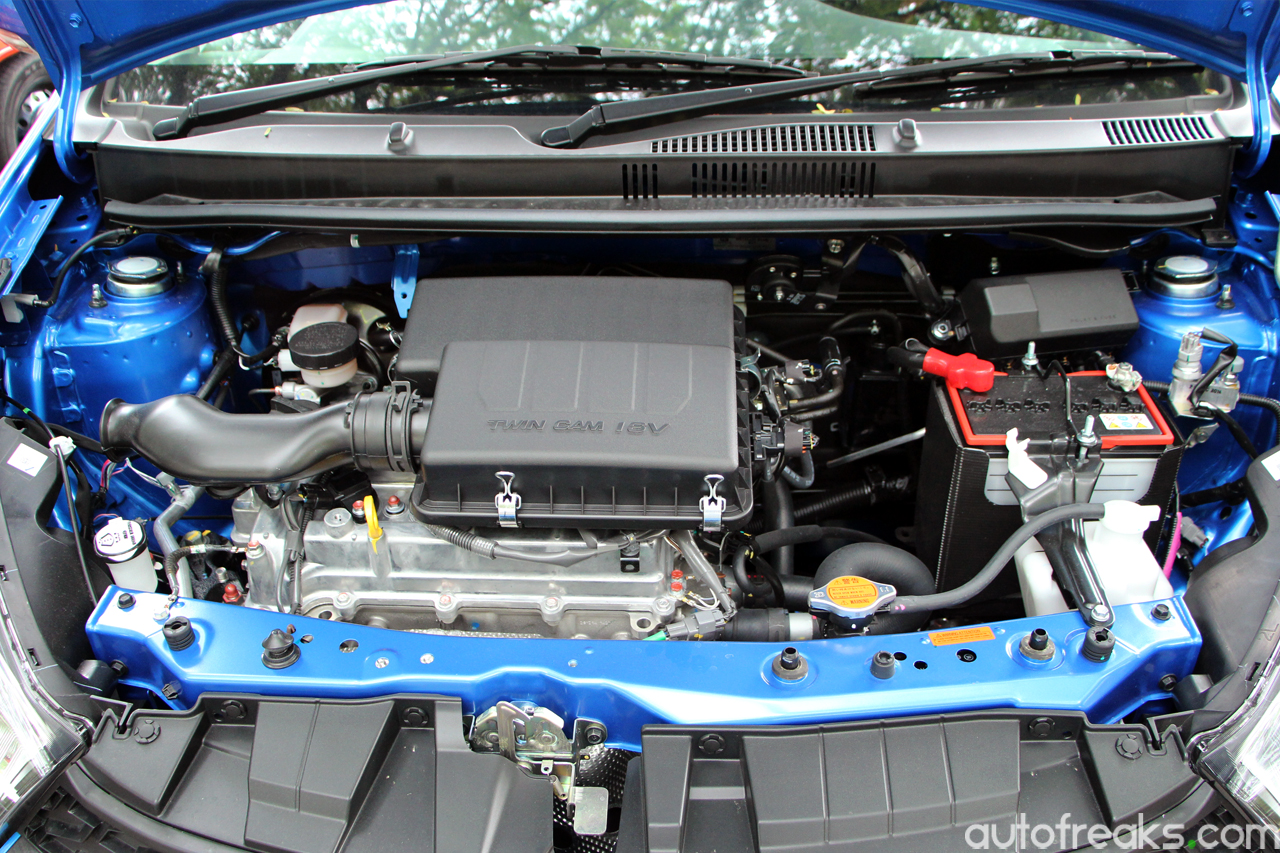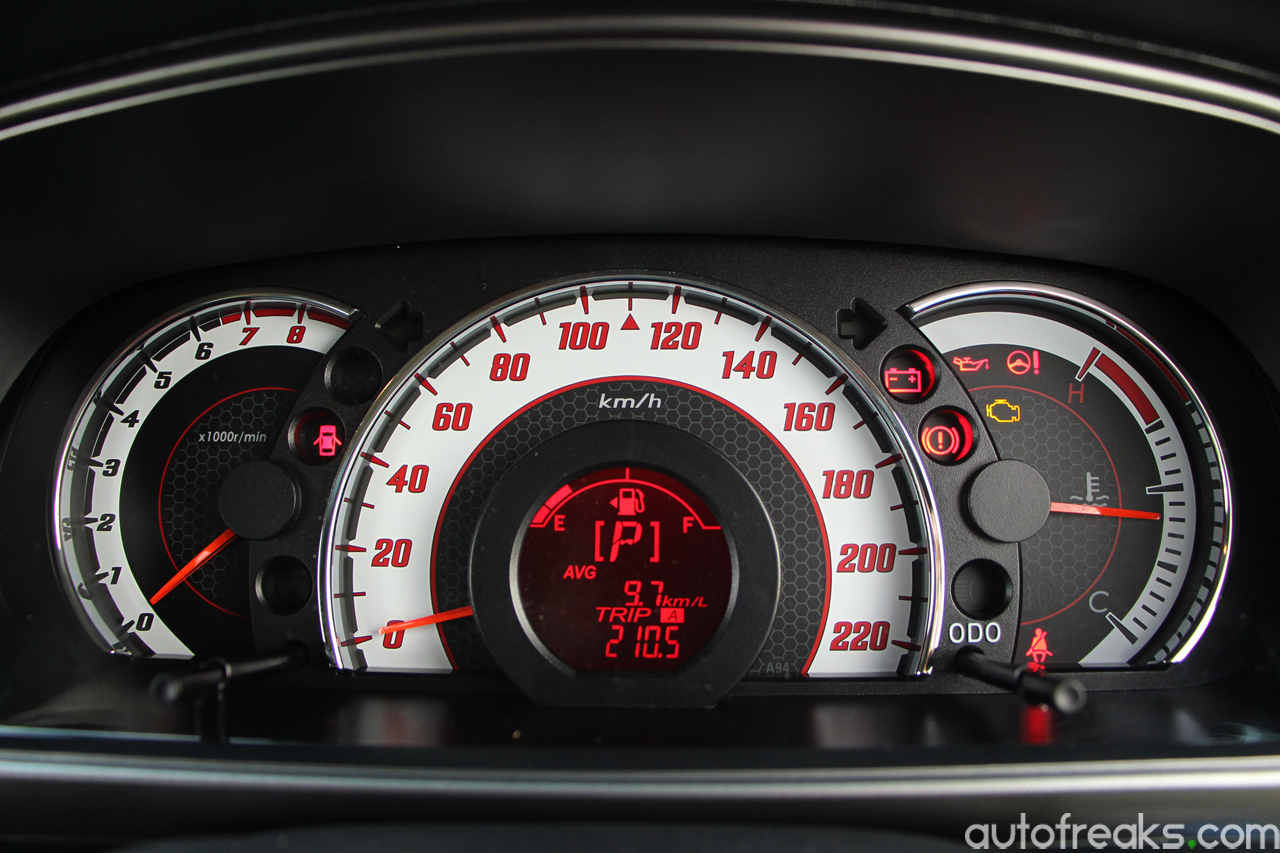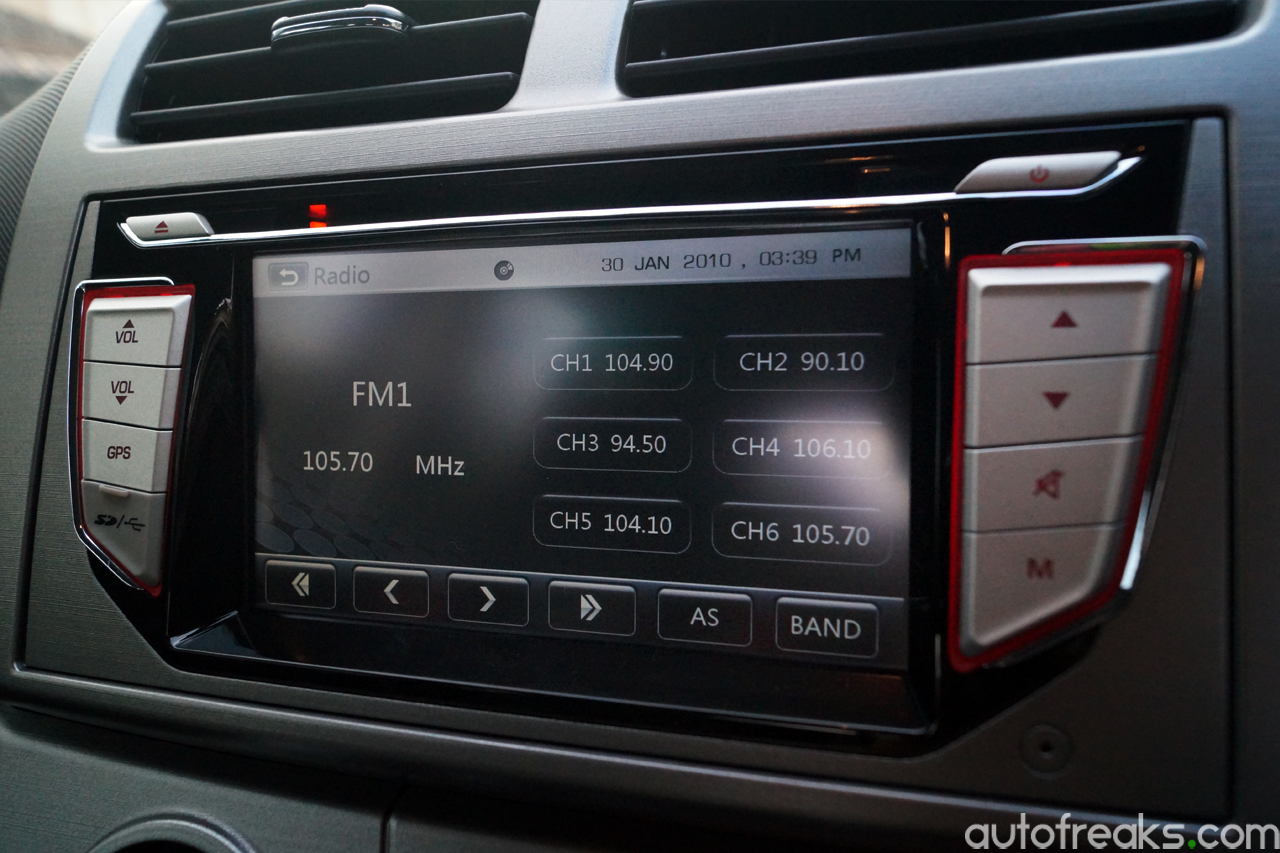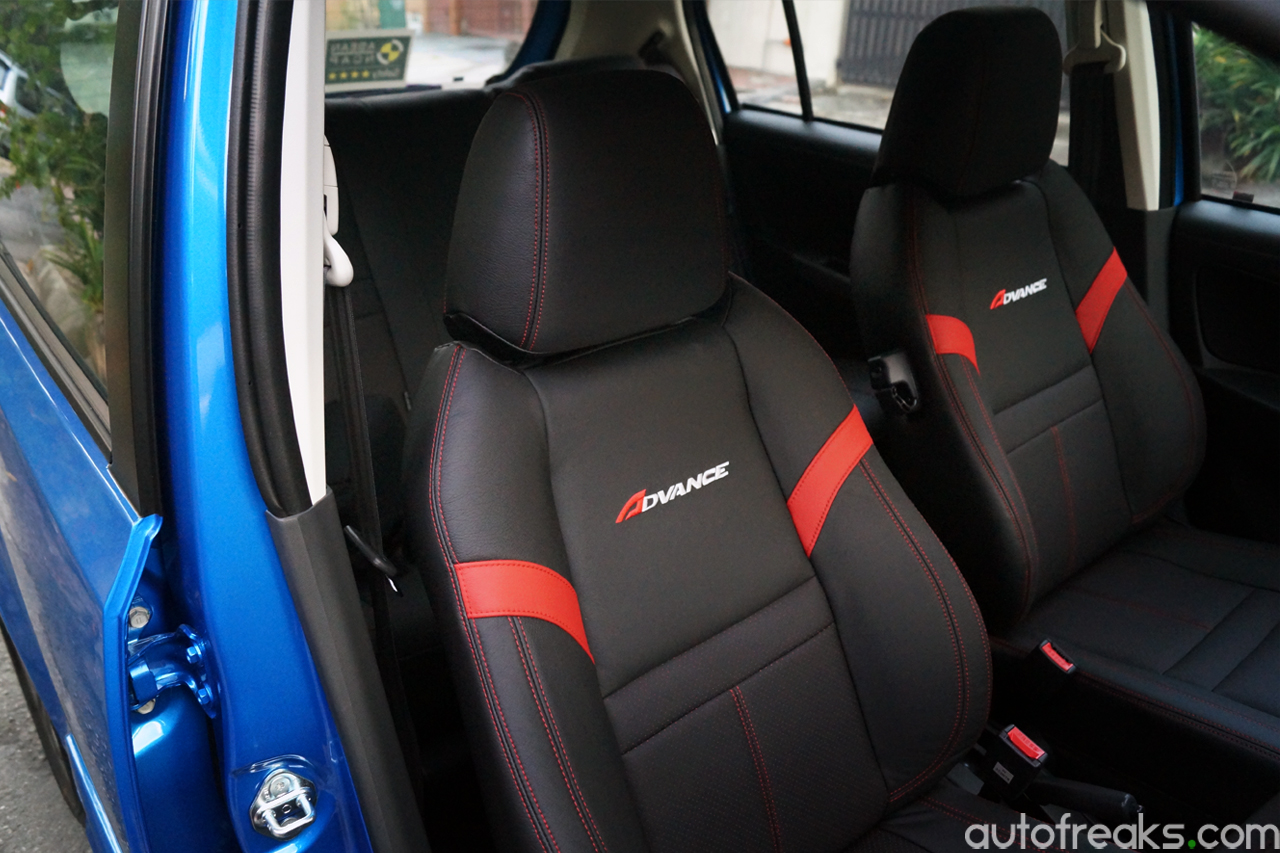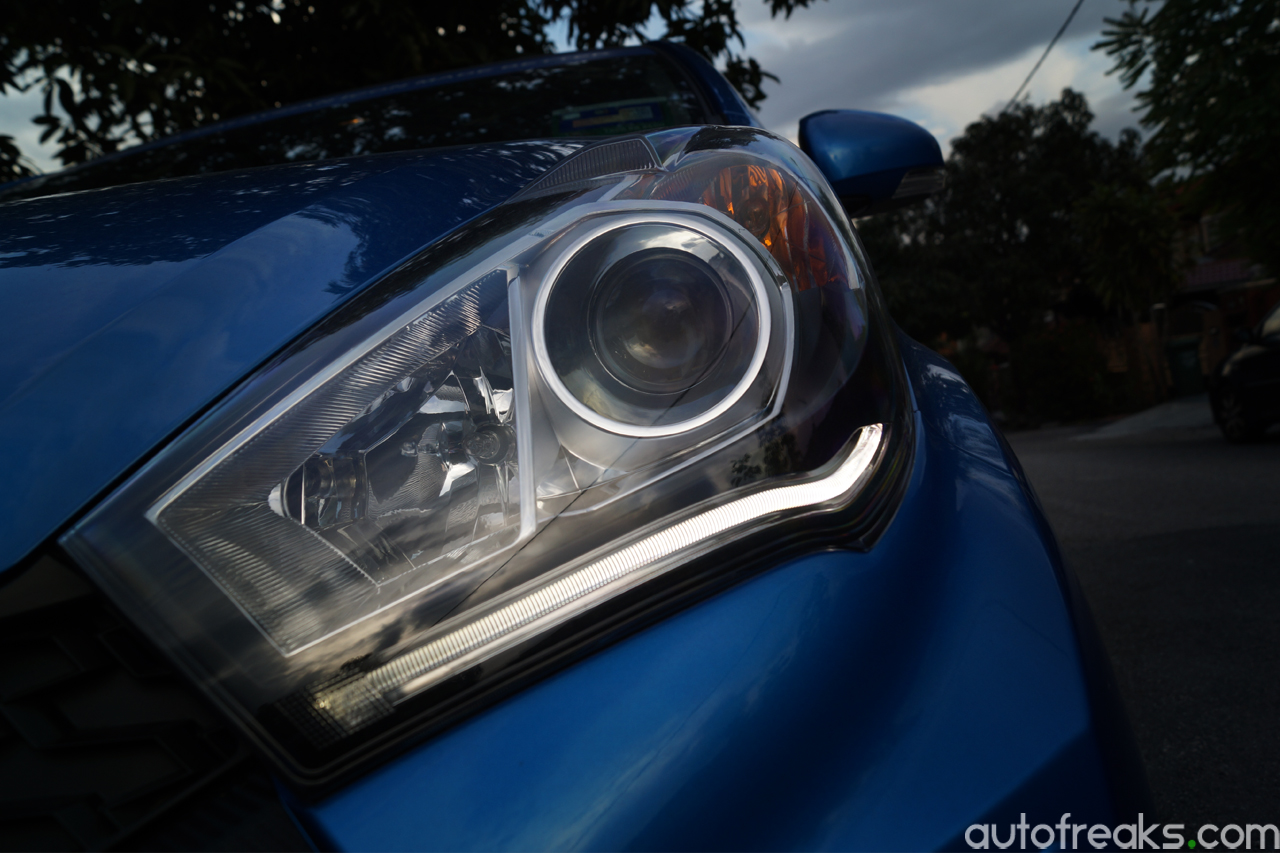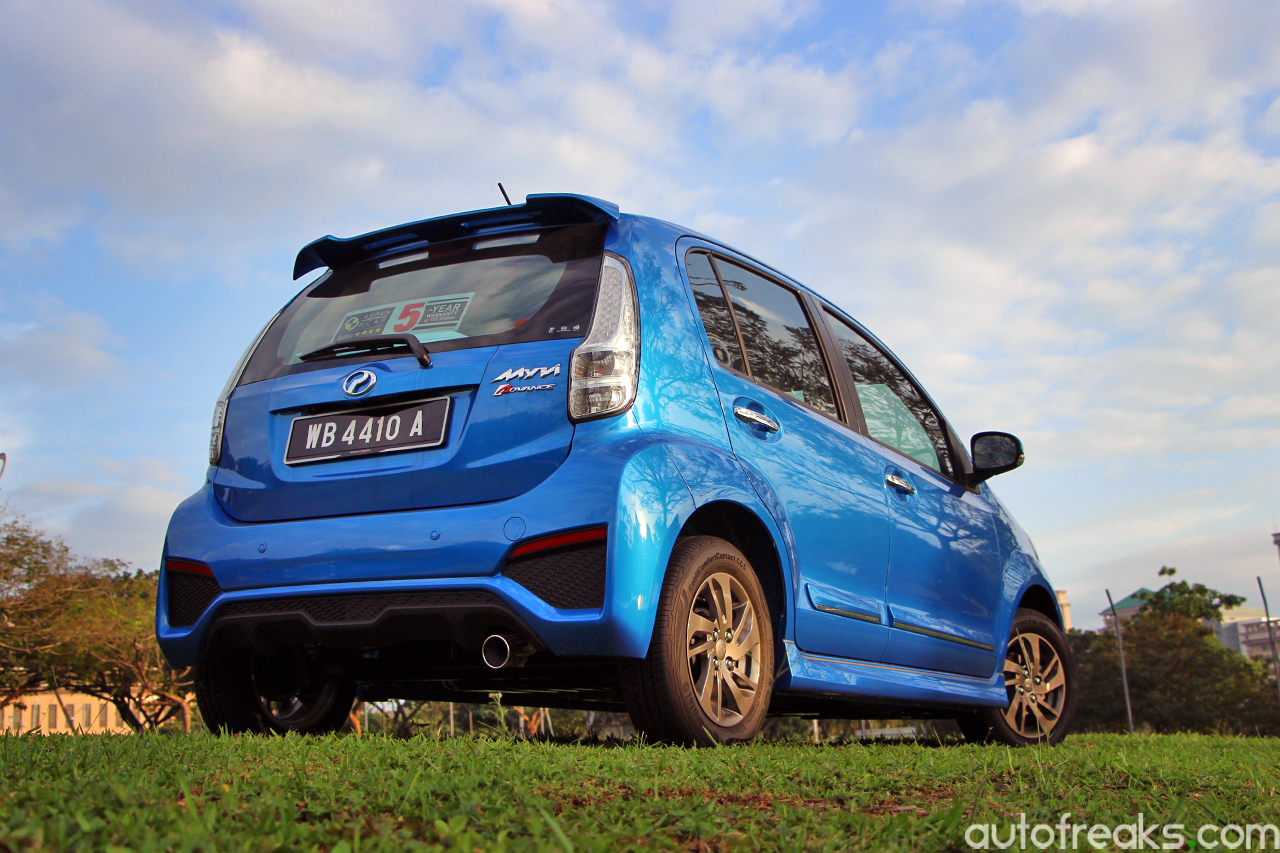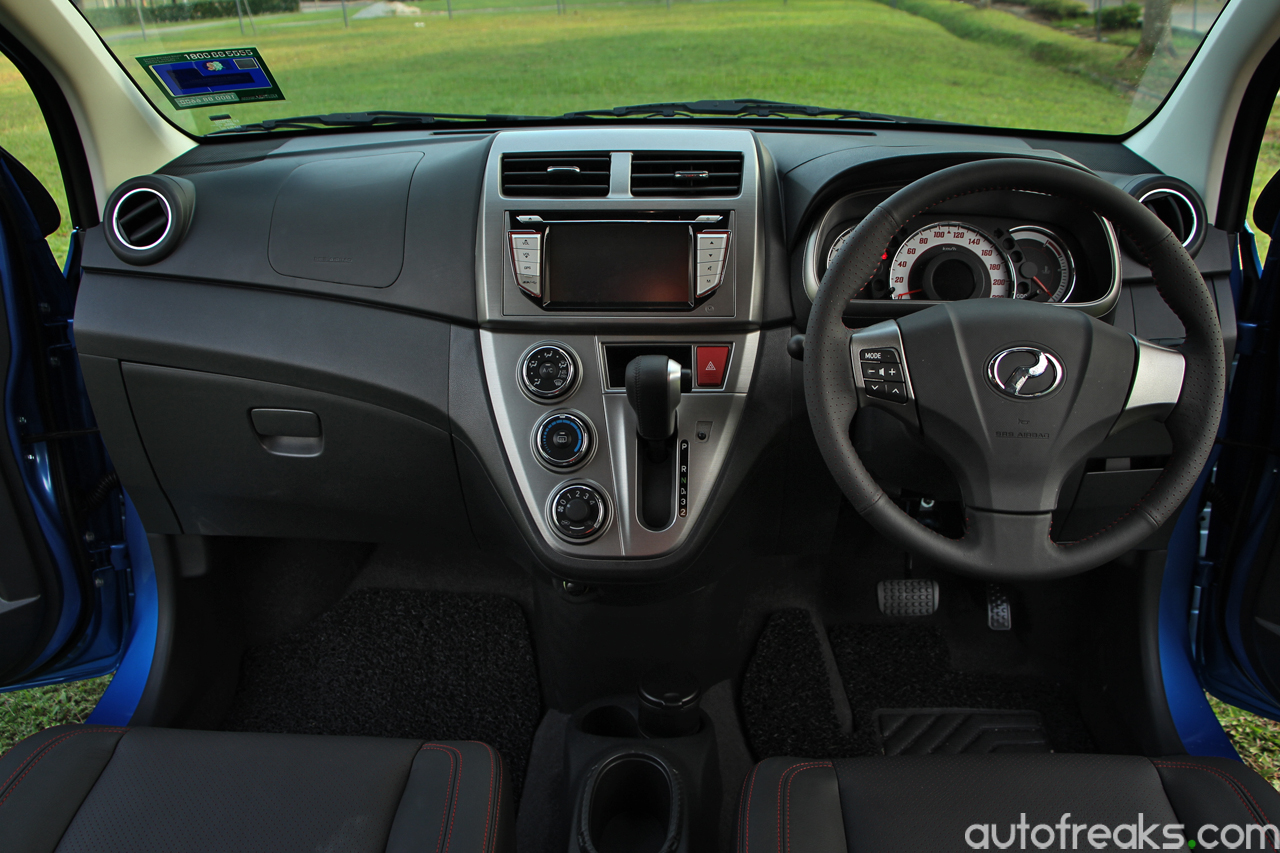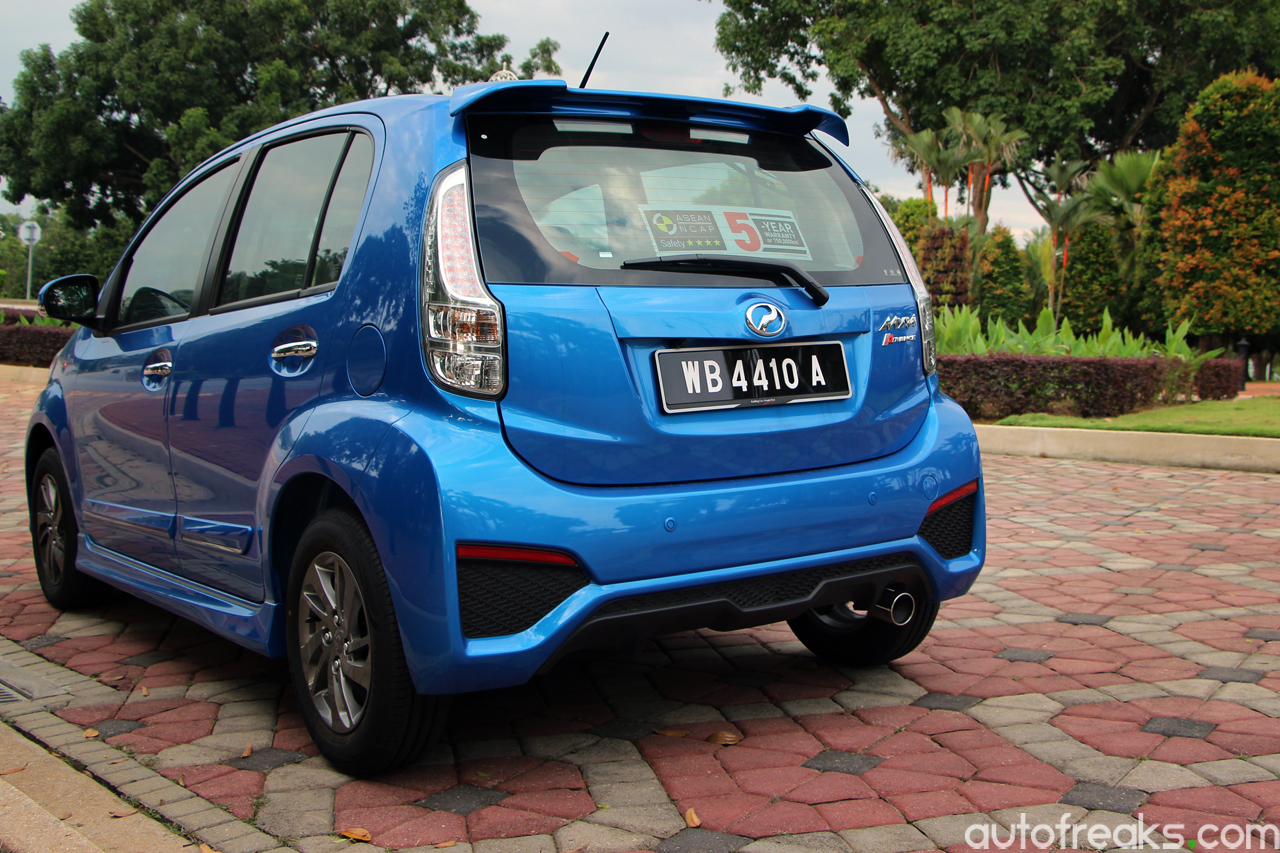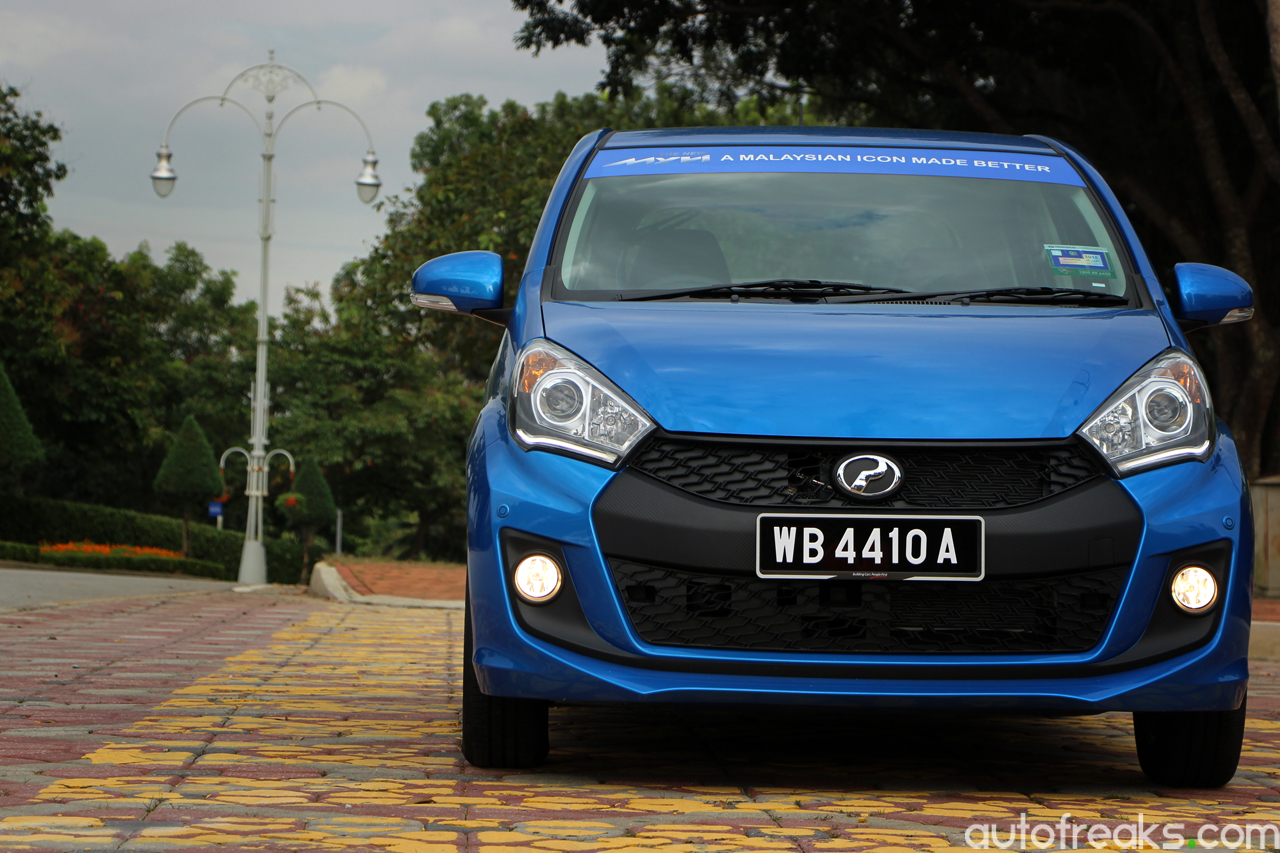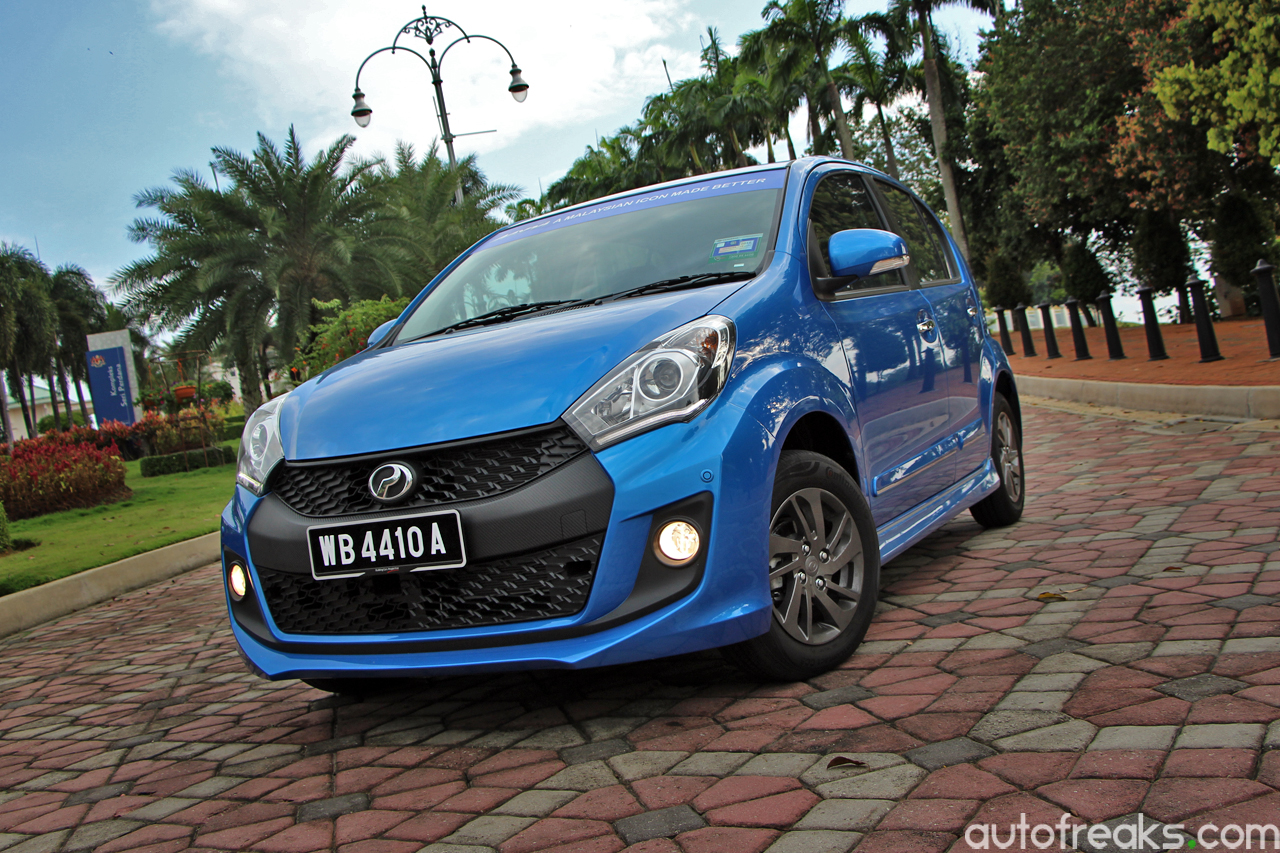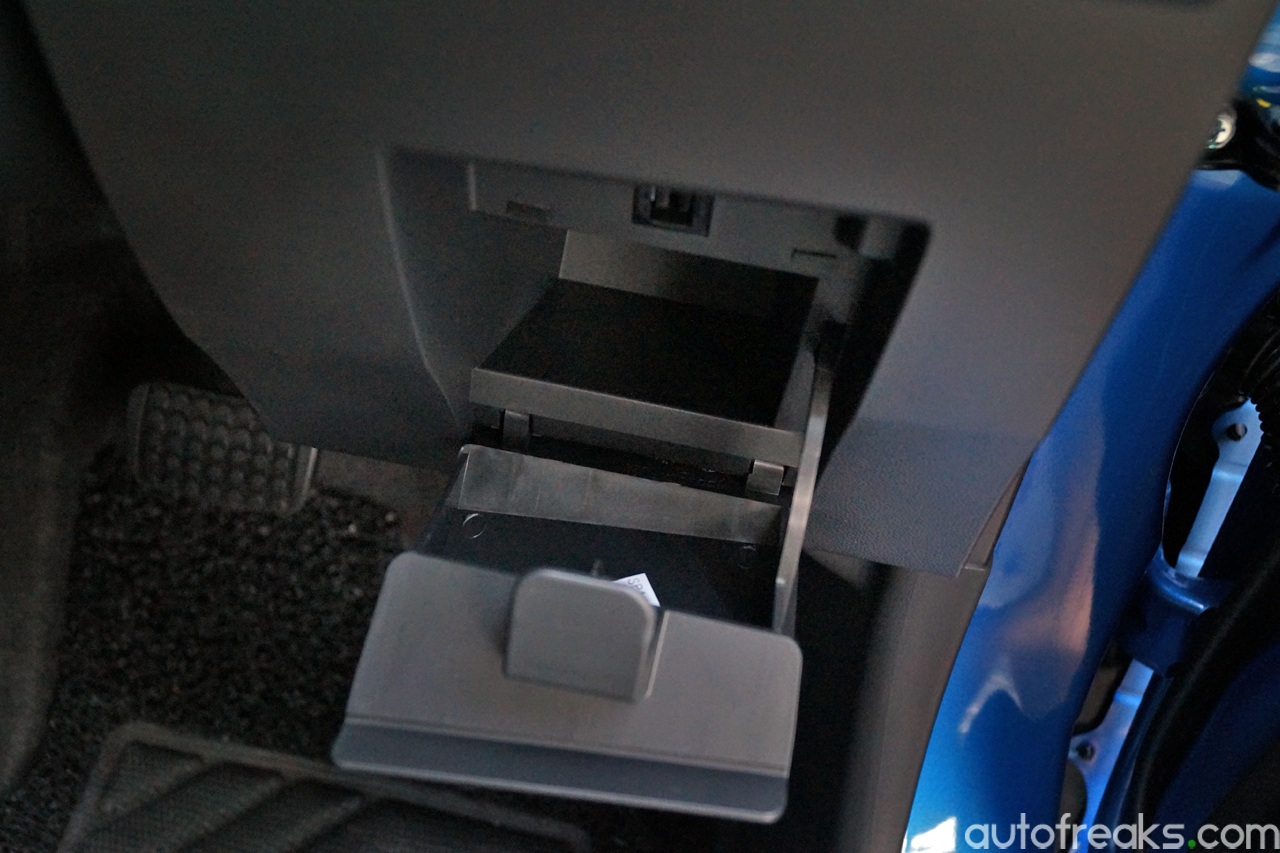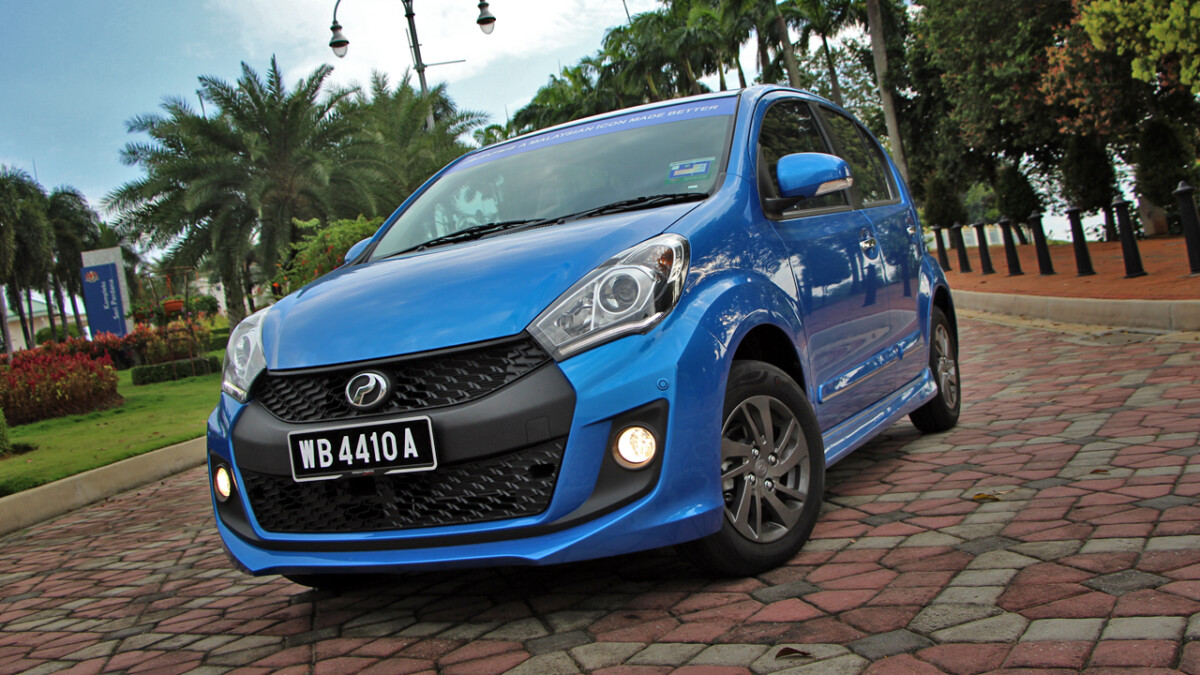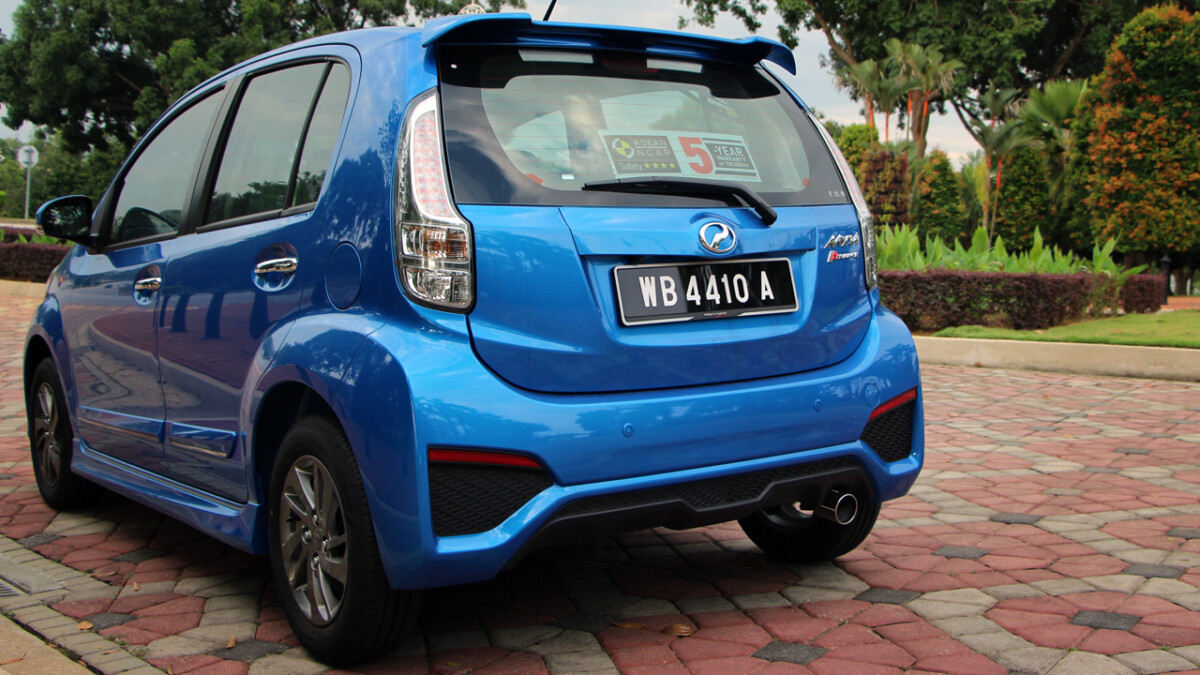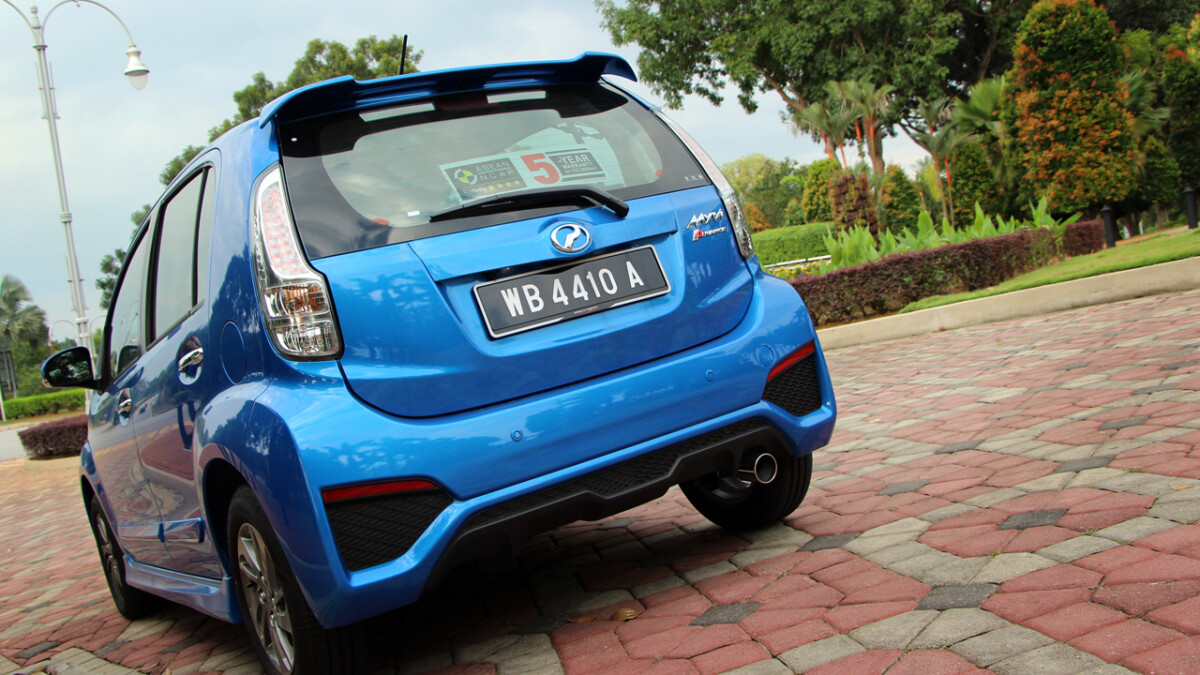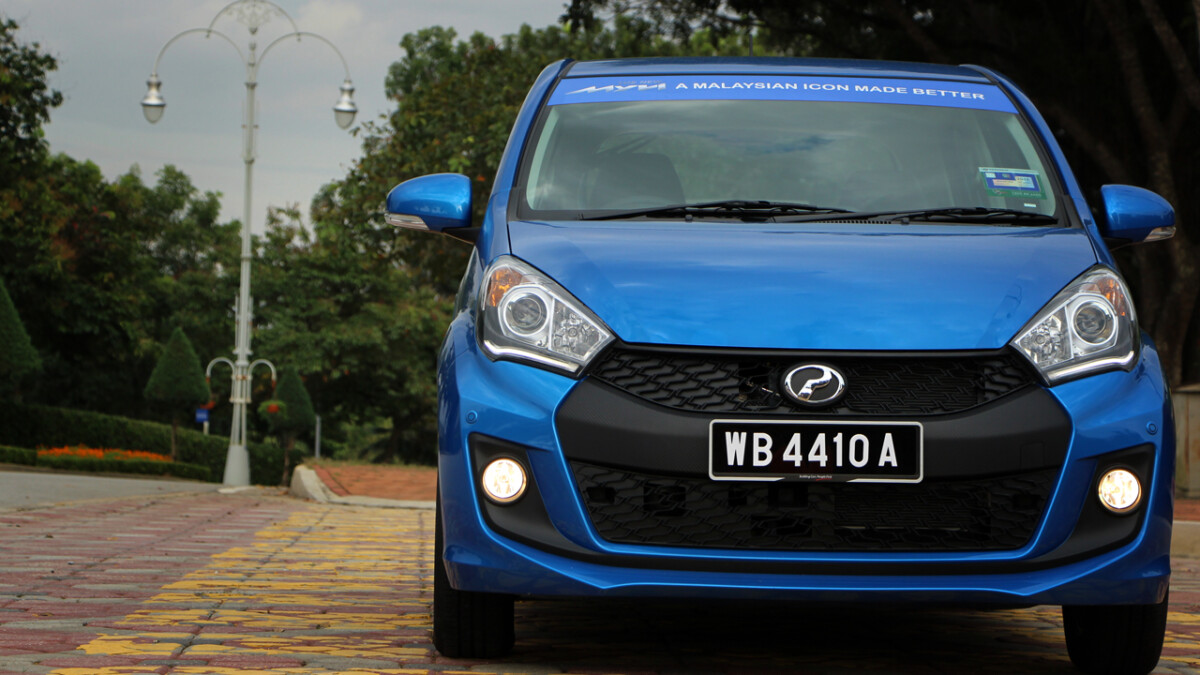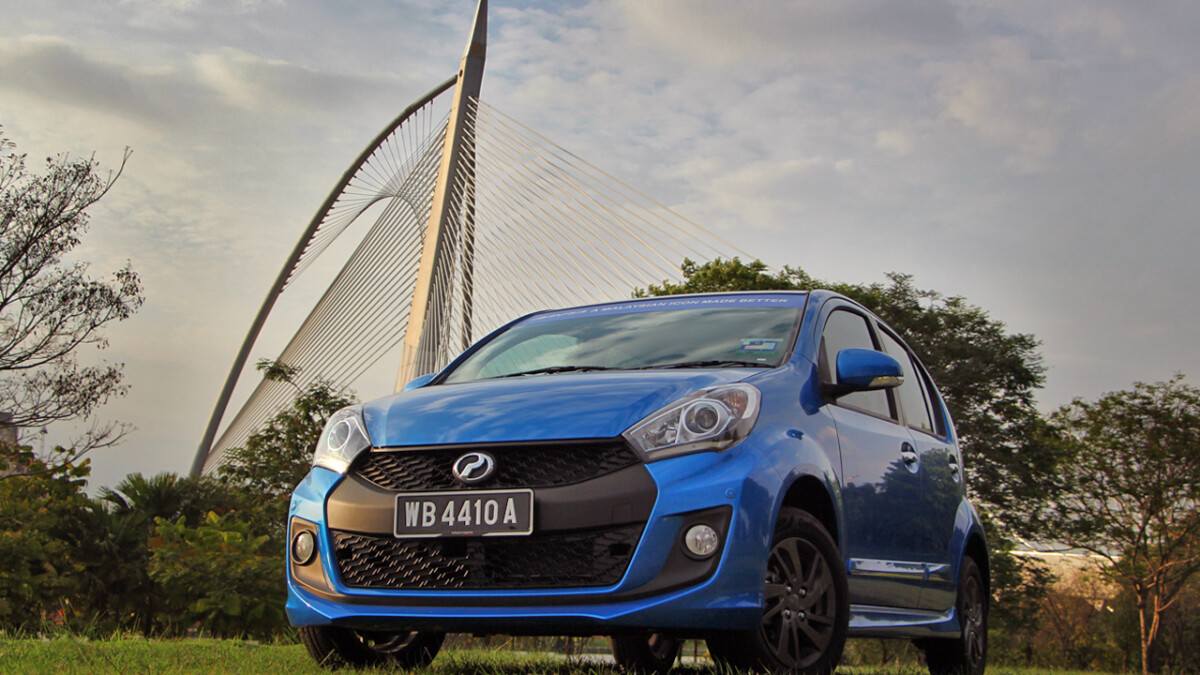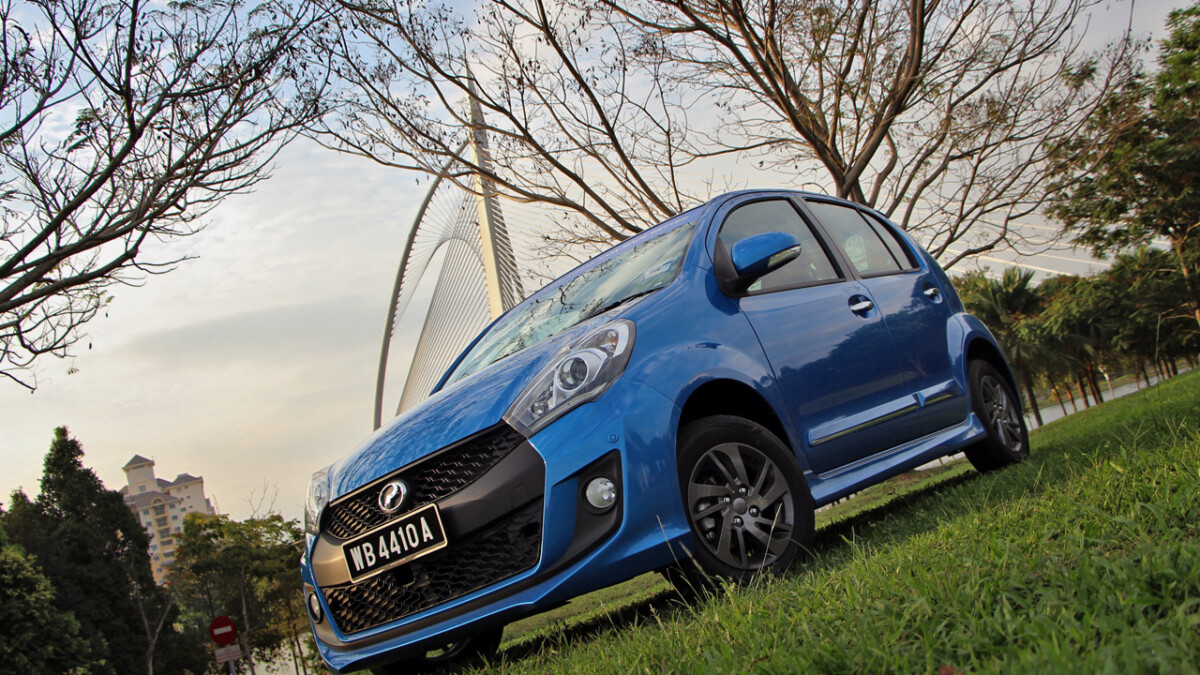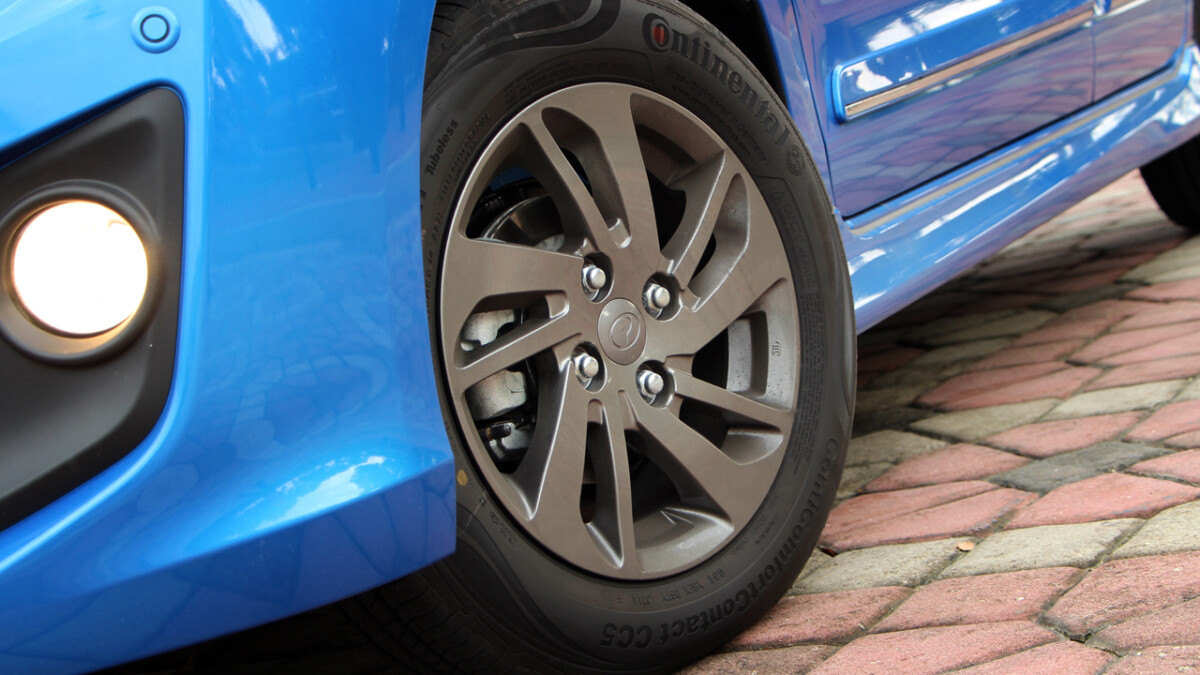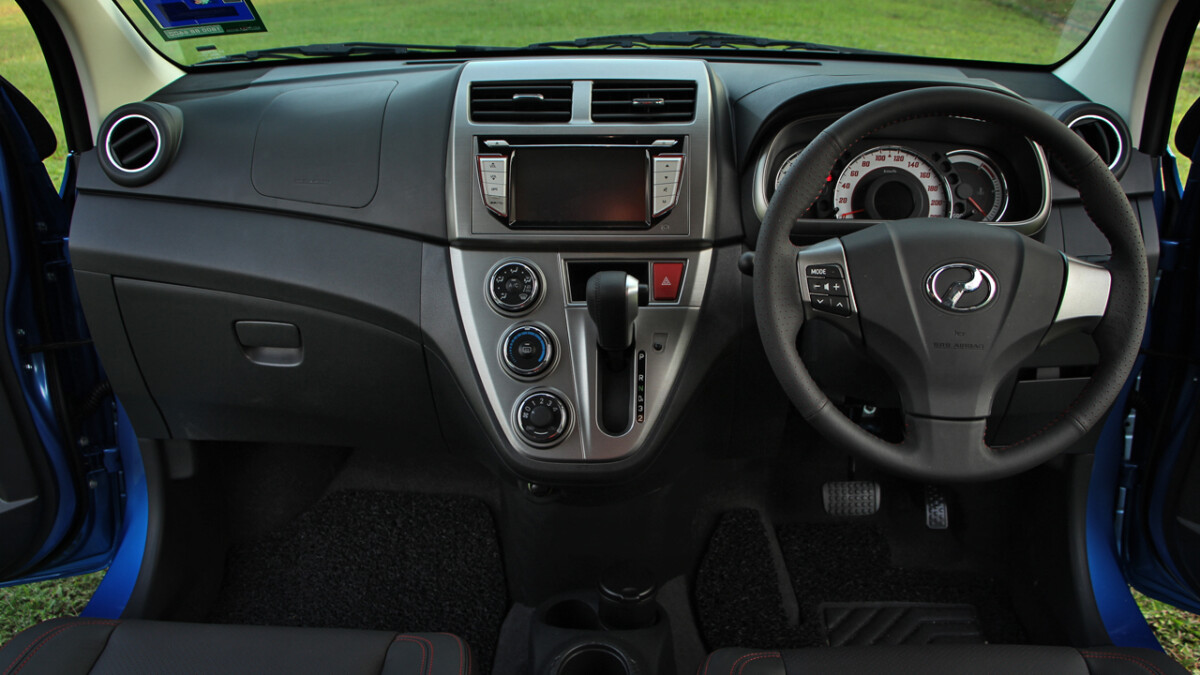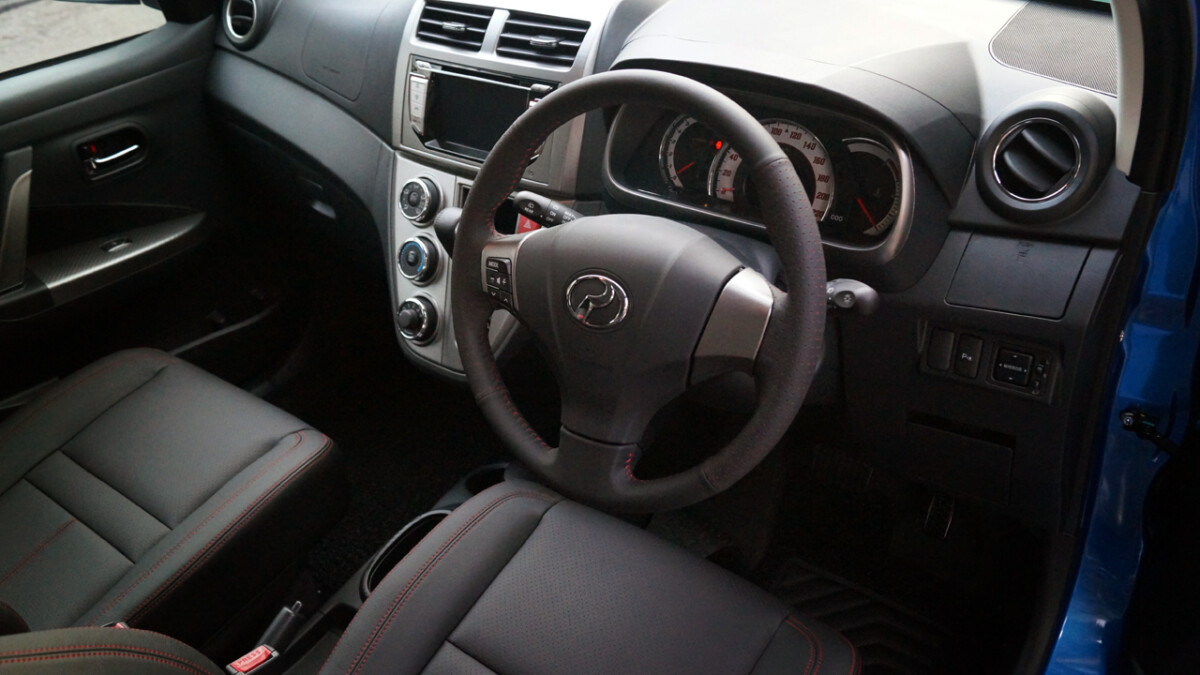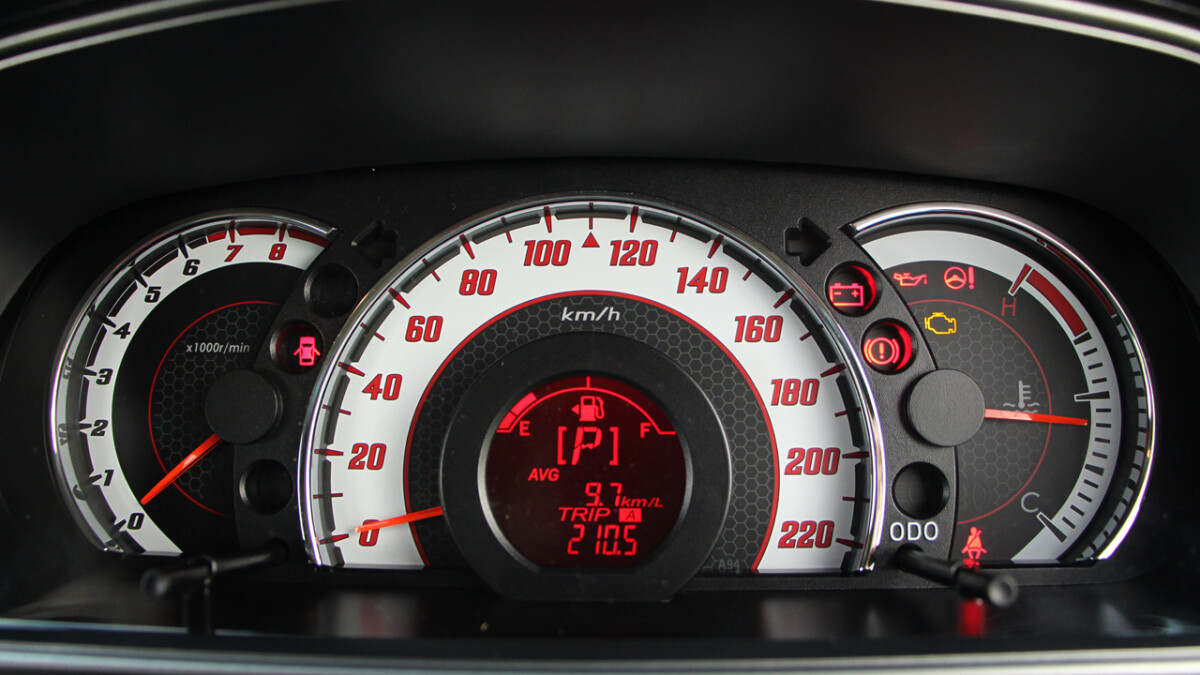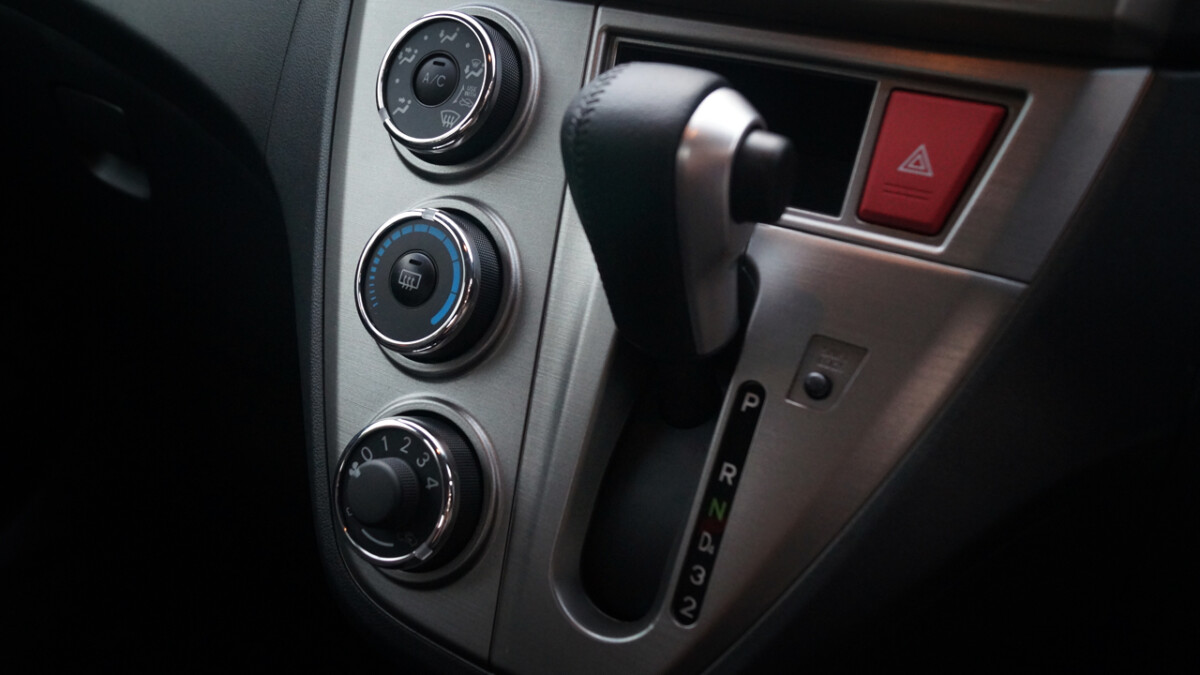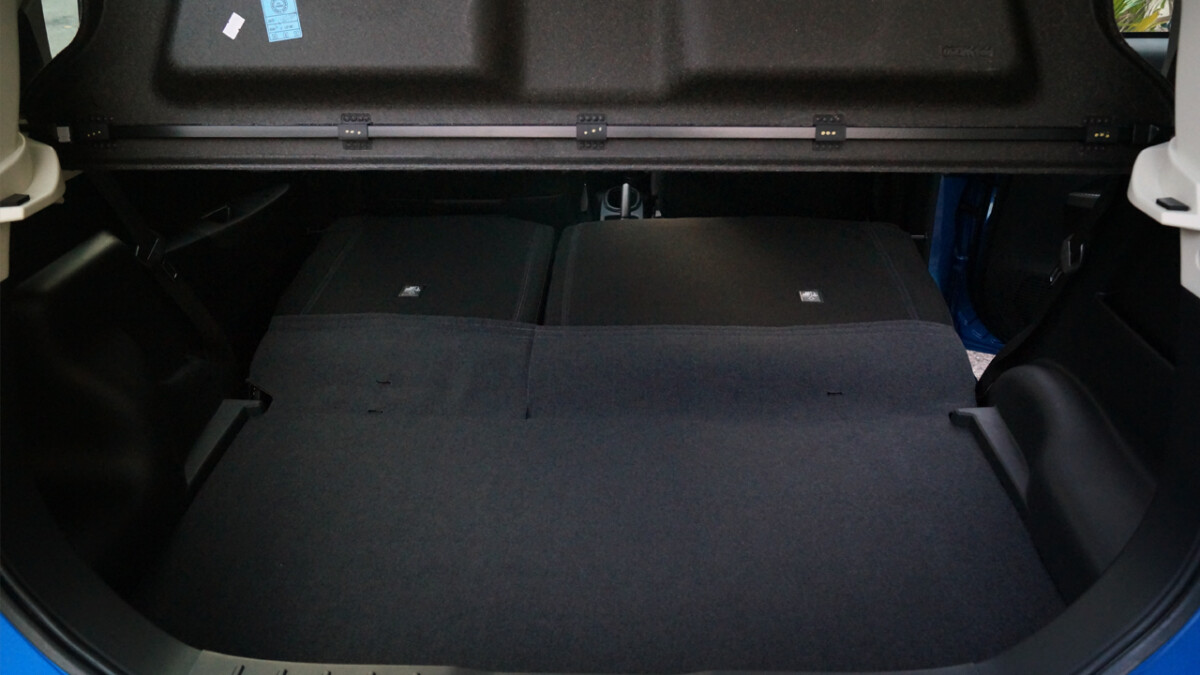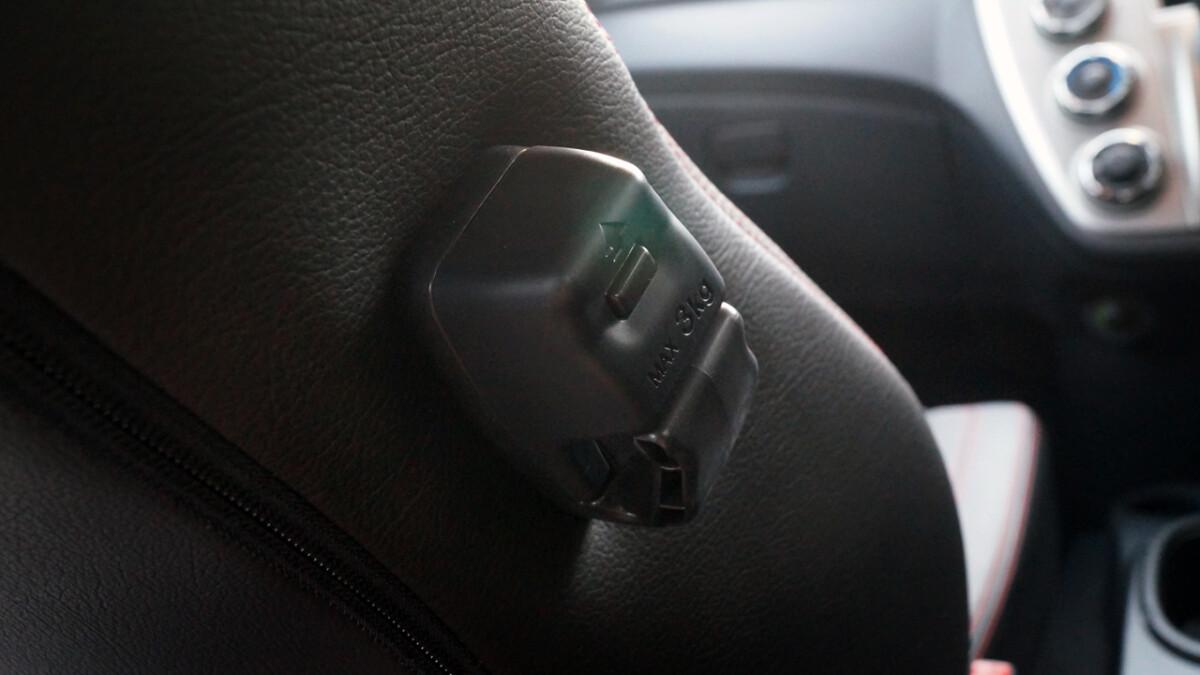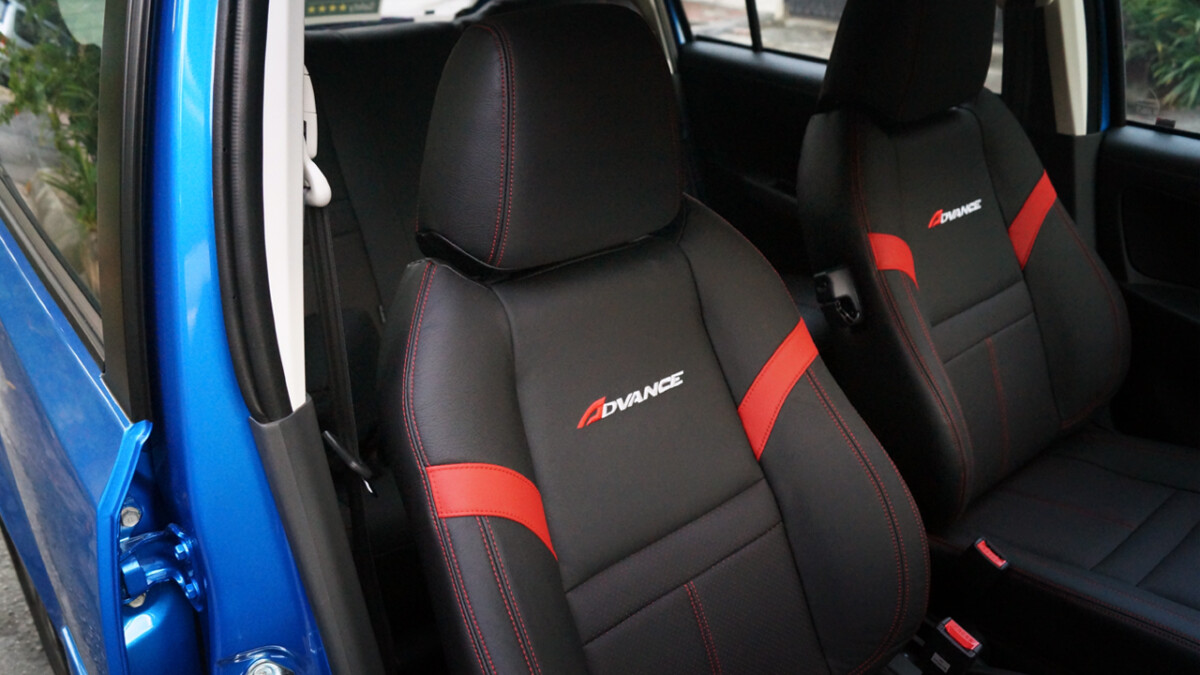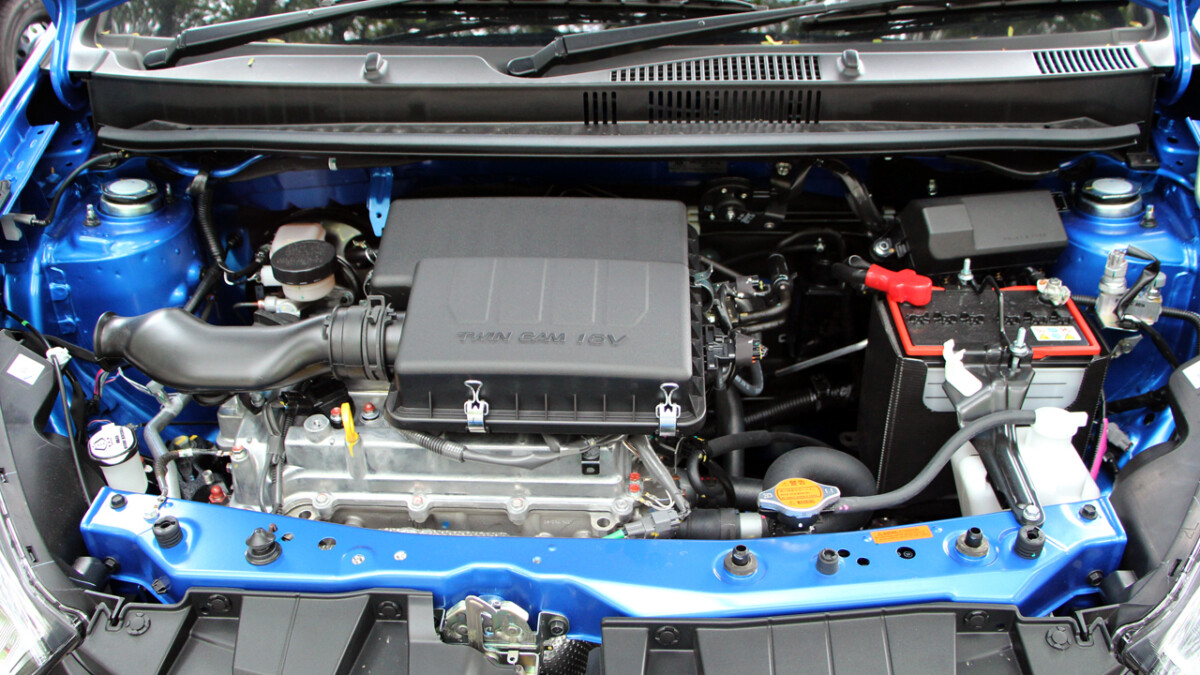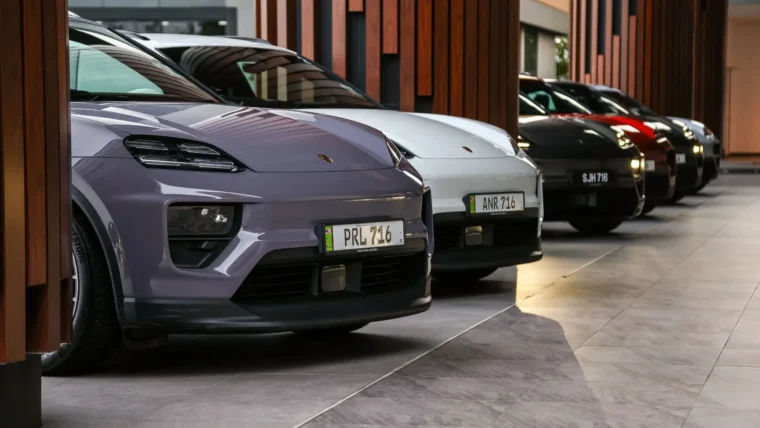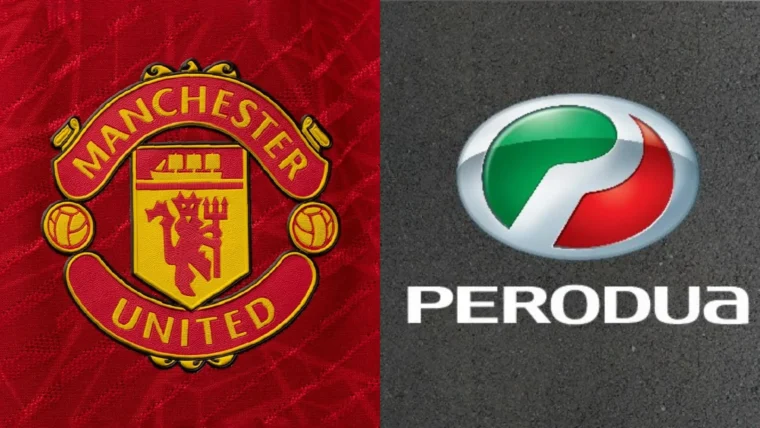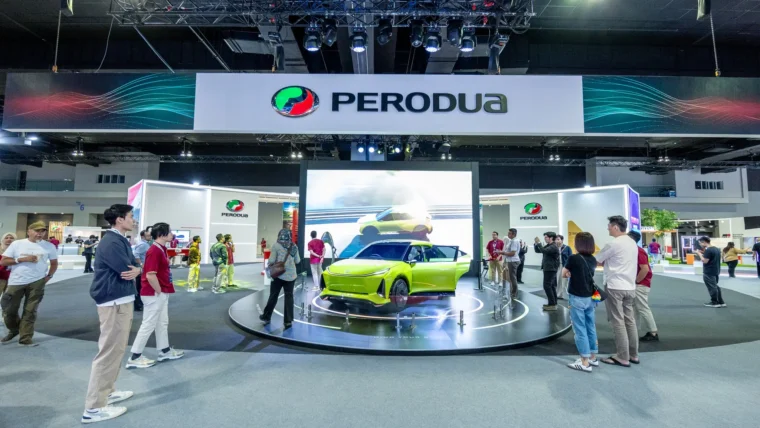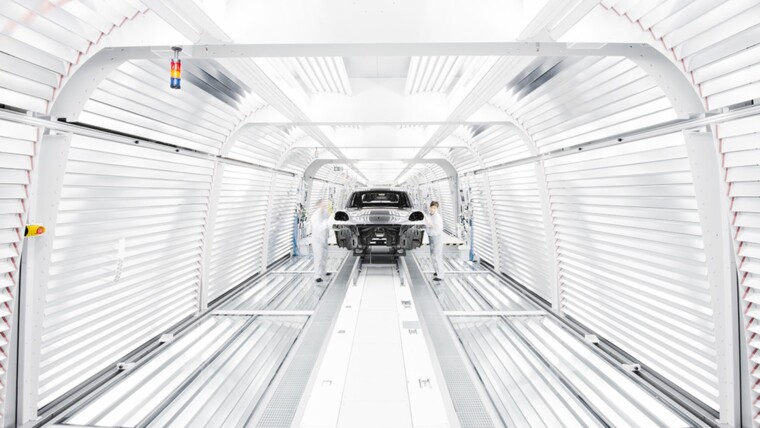Perodua calls the new Myvi ‘the love of the nation’. We don’t doubt that, as the Perodua Myvi has been the best selling national car in Malaysia since its launch in 2005. Perodua’s recipe for the Myvi was simple; take a well-established Japanese hatchback, give it a Malaysian look and price it well. It worked, for quite some time.
The Perodua Myvi received its first major facelift in 2011, bringing a new fresh look to the masses. 4 years later, another facelift arrived, this time revising the exterior looking and bringing some new features to the table.
Called the Perodua Myvi 1.5 Advance, this is the range-topper in Perodua’s Myvi lineup. Perodua has unified its naming convention like the Alza and Axia, with the higher end models getting the SE or Advance nameplate. The Myvi Extreme nameplate is now a thing of the past.
Truth be told, there’s not much to fault the Perodua Myvi in terms of powertrain. Under the hood is the familiar 3SZ-VE 1.5-litre engine that debuted with the Alza, mated to a conventional 4-speed electronically-controlled automatic gearbox. This is a tried-and-tested combination that has worked very well for Perodua. On paper, the Myvi 1.5 as tested here produces 102 horsepower at 6,000 rpm and 136 Nm of torque at 4,400 rpm. From a standstill, the 1.5-litre engine propels the 980 kg Myvi to 100 km/h in about 12 seconds. The numbers aren’t exactly earth-shattering, but for daily use, it works just fine.
Moving onto the interior, the Perodua Myvi 1.5 Advance sports leather seats, a leather wrapped steering wheel and a leather wrapped gear shifter. Perodua has revised the seat pattern / design for a more sedate look as well. The meter cluster also gets a makeover, and now features a red-on-white set up. During daytime, the meter cluster is easy to read, but when night falls, the red backlight can get quite hard to read.
Apart from the meter revision, Perodua has also thrown in a new touchscreen-based navigation system. This is hooked up to a new reverse camera. The buttons of the new navigation gets a nice red backlight, which matches the meter cluster very well. What we do miss is the knob-style volume control, which was easier to use. The button-based volume controls required us to take our eyes off the road, and the steering mounted controls didn’t help much as well. The aircon controls however, are still backlit in green, which looks rather out of place.
Perodua calls these new seats ‘semi-bucket seats’, as they did with the Axia SE and Axia Advance. Lumbar support is decent, but the seats lack proper thigh support. For the short commutes the Myvi is designed for, the seats would suffice. Taking cues from the Axia, now all variants of the Myvi have the anti-snatch hook and built-in tissue compartment as standard fitment.
Apart from the updated interior, Perodua has also revised the exterior of the Myvi. The front end of the 1.5 Advance now sports a big grinning face, with a carbon fibre-like weaving adorning the centre of the bumper. Also new on this model are the LED guide lights. These LED guide lights, as the name implies, are only for guiding purposes, not to be used as daytime running lights. The 2015 Myvi Advance also drops the old front skirting and rear skirt that the predecessor had, giving it a more laid back appearance.
On the rear end, the new Myvi Advance gets a new rear bumper design, as well as clear LED tail lights. The rear bumper still has that familiar faux grille that the predecessor had, but now with a different insert design. While some buyers may fancy those, we find it a tad bit gaudy. The rear spoiler also gets a slight makeover.
Behind the leather wrapped steering wheel, the Perodua Myvi’s shortcomings were getting a bit more apparent. Tire noises were rather intrusive; borderline annoying to us. The ride too, was rather bone-jarring, as every small irregularity from the road seemed to be transferred into the cabin. We did a quick check on the tires, figuring that the tire pressure could be at fault, but in fact, the tires were inflated at the manufacturer’s suggested pressure. The humming noises were not helped by the whine that the gearbox makes every now and then, and the only solution is to bump-up the volume of the radio.
On the road, especially driving through twists and turns, the Myvi feels very unsettling, with the rear-end feeling very nervous. Granted, the Perodua Myvi was being pushed out of its comfort zone. With a more gentle right foot, the Myvi is quiet and relatively comfortable. We had to press the brakes a bit more to get the Myvi to a complete stop, but we deduced this was due to a barely broken-in set of brake pads.
When driven sedately, the engine noises are well insulated from the cabin. The engine only got loud and noisy when urged, especially when needing to overtake much larger vehicles on the road. The gearbox, on the other hand, can get rather slow with the downshifts, with constant stabs of the throttle not doing anything. We figured that the manual variant of the Myvi would provide more consolation.
Thanks to the lightweight nature of the Perodua Myvi, the car does feel nippy through traffic. Steering feels weightier than its predecessor, which is a good thing. Despite our earlier laments about the tires, the steering elevates the situation by canceling out any road feedback.
Perodua has claimed that the new 2015 Myvi scores a total of 4 stars in the recent Asean NCAP crash test by enhancing the structure for better frontal impacts. The car comes with 2 airbags, ABS, EBD and Brake Assist as standard, which feels rather abysmal by 2015 standards. Many new car buyers are seeking for more active safety like traction control and vehicle stability control for their cars. Some car manufacturers have thrown in TC and VSA as standard fitment across the range. Airbag count is also low, considering that the Myvi Advance is a range-topper.
With a price tag of almost RM60,000, the Perodua Myvi 1.5 Advance is not cheap. In relative terms, the Perodua Axia Advance, with similar safety kit costs no more than RM45,000 makes a bit more sense.
On the flip side, we do like the convenience and practicality that Perodua has included with the Myvi. The rear seats do fold flat, which is an added advantage over its rival. Cup holders and cubby holes are aplenty and easy to reach, and we do appreciate the new compartment on the right of the steering column to store a Smart Tag.
In the end, the Perodua Myvi appeals to those seeking a simple fuss-free daily-commuter from home to the market, or fetching the kids from school, to get to work and back, etc. It is simple to drive, easy to park and offers decent interior space. Overall, the Perodua Myvi 1.5 Advance (or any other Myvi variant) offers a very decent commute, with that added tinge of perceived Japanese reliability. Buyers are also backed with Perodua’s 5-year/150,000 km warranty package for a better peace of mind.
Perodua Myvi 1.5 Advance photo gallery
Exterior shots
Interior shots
Other posts by AF Newsdesk

